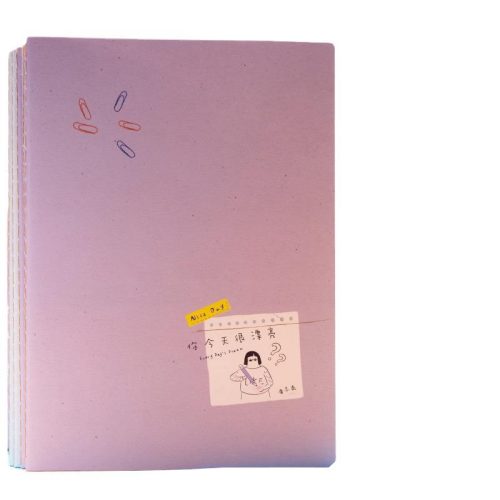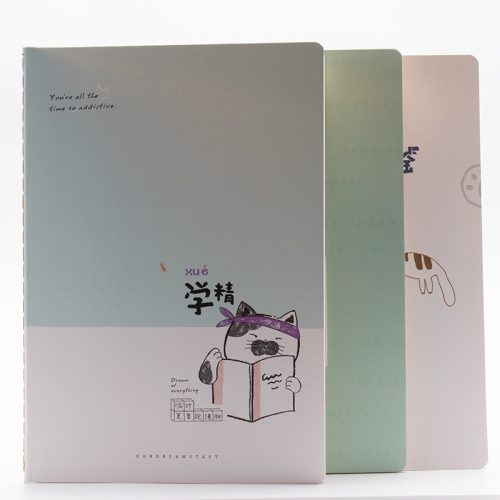- The concept of writing and drawing with a pointed instrument can be traced back to ancient civilizations. Egyptians and Romans used metal styluses to write on wax tablets.
2. The Earliest Pencils:
- The earliest predecessor of the modern pencil dates back to the 16th century in England. These early pencils were sticks of graphite, a naturally occurring form of carbon, which were wrapped in string or inserted into wooden holders for easier handling.
3. Discovery of Graphite:
- In the 16th century, a large deposit of high-quality graphite was discovered in Borrowdale, England. This discovery led to the production of pencils using pure graphite sticks. Because graphite is relatively soft, it could be used to make marks on paper.
4. The Origin of the Name:
- The word “pencil” is derived from the Latin word “penicillus,” which means “little tail.” This name was used to describe the fine, pointed lines that graphite pencils could create.
5. Early Production:
- Initially, graphite sticks were wrapped in sheepskin or string. Later, the graphite was encased in wooden holders, which provided better control and protection for the graphite core.
6. Mass Production:
- In the 19th century, the pencil-making process was industrialized. Companies like Faber-Castell, Staedtler, and Dixon Ticonderoga became prominent in the pencil manufacturing industry.
7. The Eraser:
- The eraser, an essential part of modern pencils, was invented in the late 18th century by Edward Nairne, who discovered that a piece of natural rubber could effectively erase pencil marks.
8. Mechanical Pencils:
- The first mechanical pencil, which allowed the graphite core to be advanced as it wore down, was patented in 1822 by Sampson Mordan and John Isaac Hawkins. This design evolved into the mechanical pencils we use today.
9. Grading System:
- In the 19th century, the grading system for pencils was developed. It uses a combination of letters (H for hard and B for black) and numbers to indicate the hardness or softness of the pencil’s graphite core.
10. Modern Pencils: – Today, pencils are made using a combination of graphite and clay to control the hardness and darkness of the mark. They come in various grades and are widely used for writing, drawing, and artistic purposes.
11. Environmental Considerations: – There has been a shift towards more environmentally friendly pencils. Some manufacturers use sustainable wood sources, and mechanical pencils reduce the need for disposable pencils. Additionally, efforts have been made to reduce the environmental impact of pencil production.
The history of the pencil is a testament to human creativity and ingenuity. From humble beginnings with sticks of graphite to the wide variety of pencils available today, this writing and drawing tool has played a significant role in education, art, and communication throughout history.


